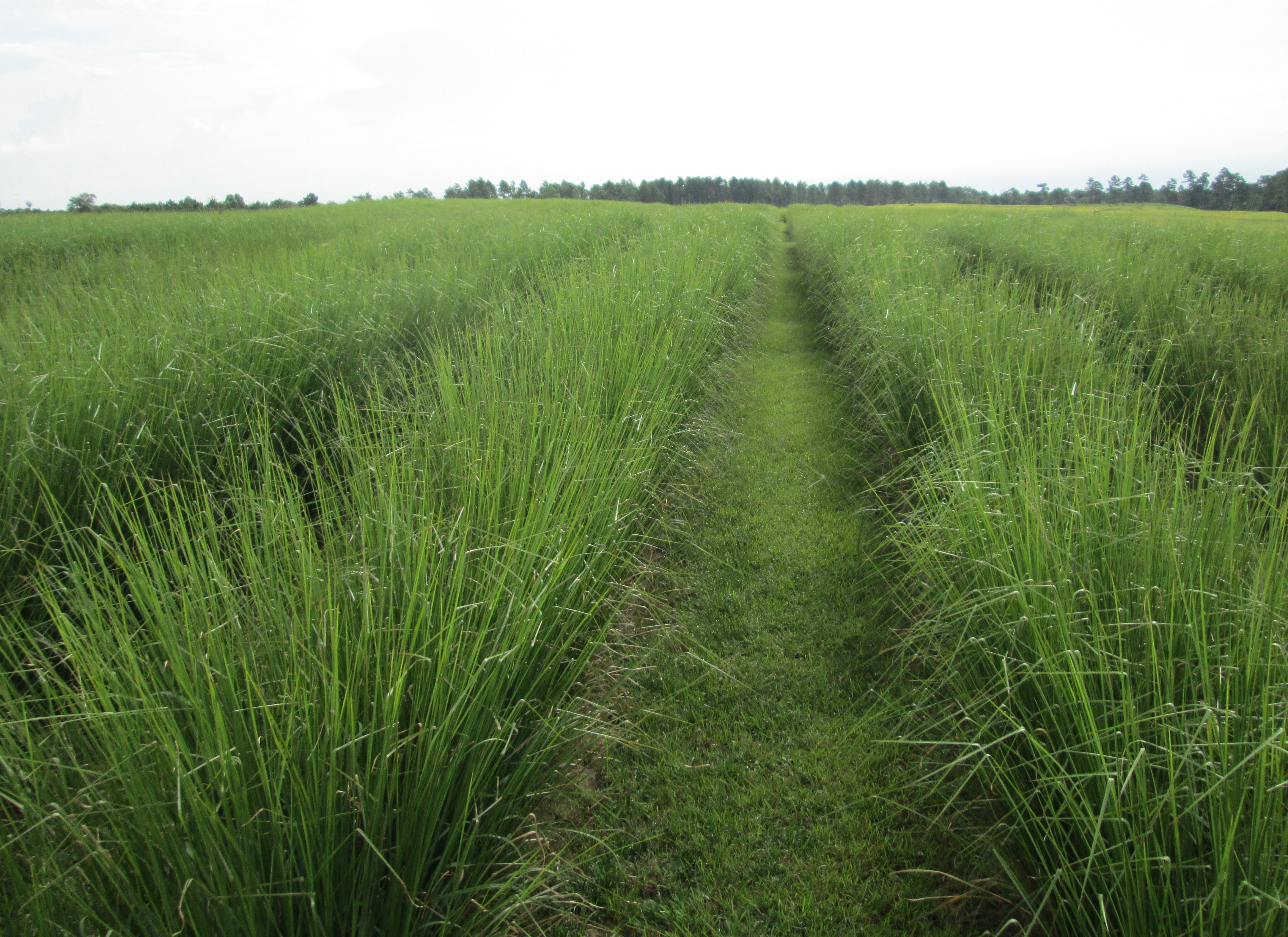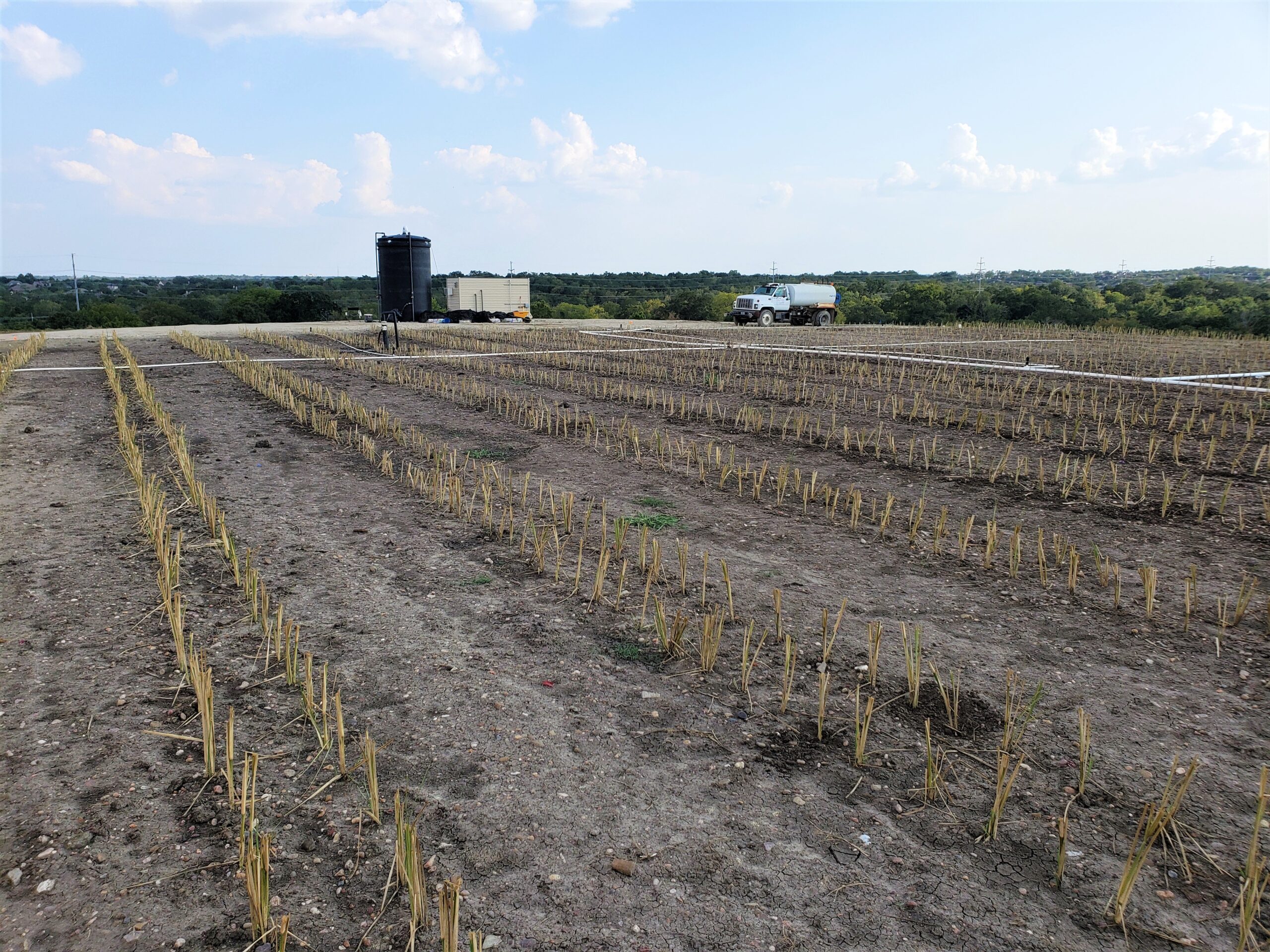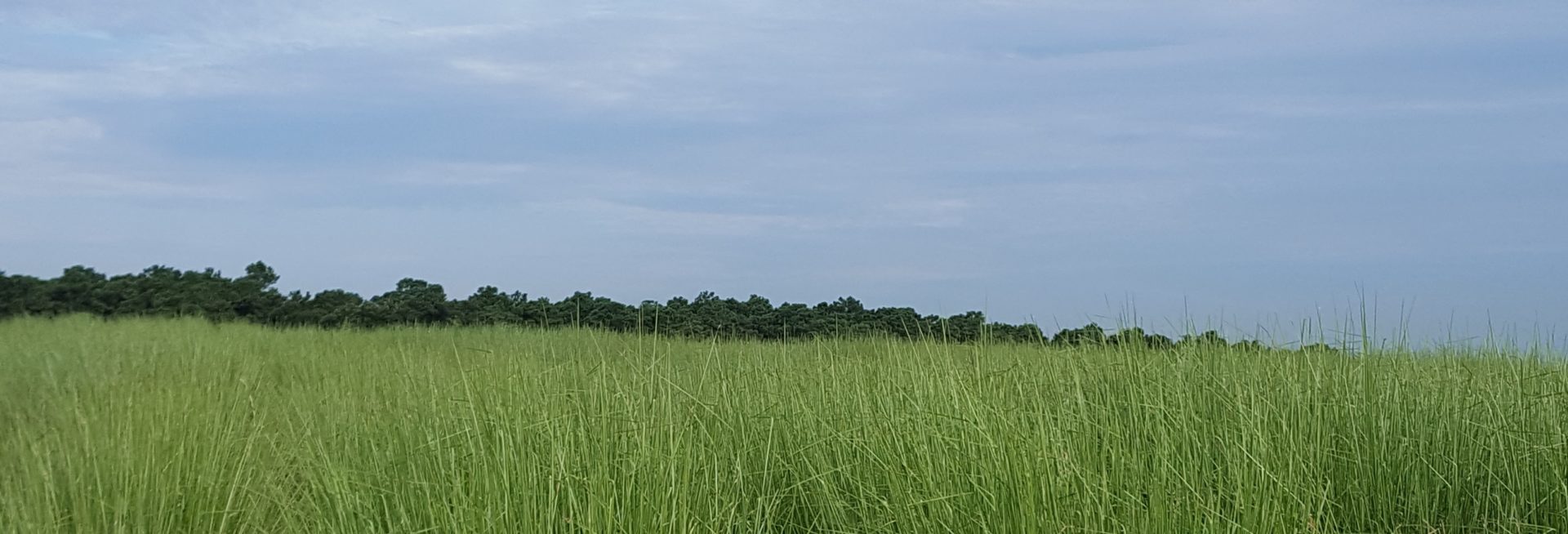

Vetiver grass (Chrysopogon zizanioides) is a very unique perennial bunch grass that has shown a remarkable ability to solve complex environmental problems due to extraordinary characteristics, some of which are listed below:
- Ability to uptake large volumes of water
- Highly efficient in absorbing nutrients (i.e. N and P) and metals
- Highly tolerant to:
- Extreme climate and environmental conditions (i.e. drought, flood, fire, temperature)
- Saline, sodic, and acidic soil (pH: 3.5–12)
- Disease and pests
- Heavy metals and VOCs
Vetiver has been very effective in numerous bioengineering applications, including:
- Treatment and disposal of polluted water
- Remediation of contaminated soils
- Prevention and control of landfill seeps
- Slope stabilization
- Erosion control
- Disaster mitigation (i.e. flood zones, landslides)
- Hydroponic treatment of surface water
- Groundwater protection
- Establishment of turf in difficult areas
- Pest control
- Protection of crops and rehabilitation of farmland
- Bio-fuel
- Natural material for handicrafts, thatch, mulch, etc.
- Aromatherapy and perfume oil
Vetiver typically has aboveground growth between 5 and 7 feet tall. It has been called a “generational plant” because of its longevity. In fact, it has been used for centuries in India to legally demark property boundaries.
The plant has been classified by the USDA as a non-invasive, sterile cultivar so there are NO worries of the plant spreading beyond where it is planted.
Vetiver has been used with great success in the solid waste industry to utilize leachate on-site in lieu of off-site disposal with millions and millions of gallons of leachate having already been processed. The plant has been in the United States for well over 100 years and has many advantages over other grasses including an efficient C4-based photosynthetic pathway and leaf structure that provide for faster growth, high water consumption, and demand for nutrient (contaminants in wastewater).
~ ~ ~ ~ ~ ~ ~
The below photos show vetiver growth over its first year at a landfill in Texas. Looking good!

September 2019

August 2020

November 2019

August 2020


